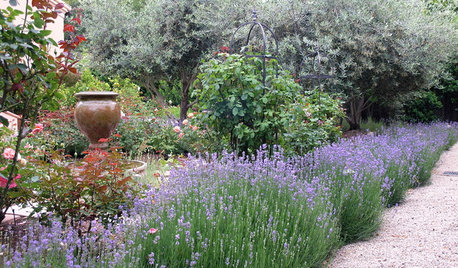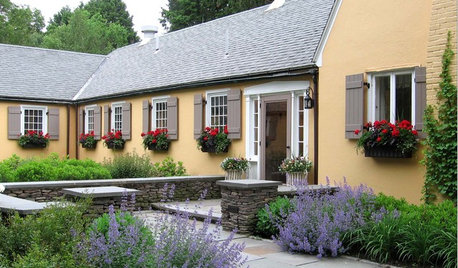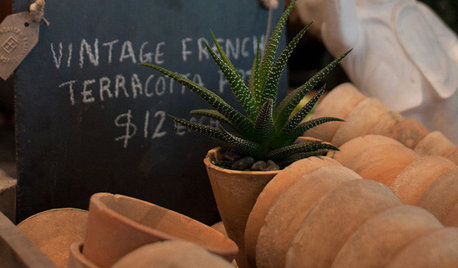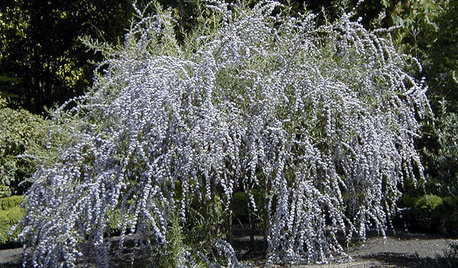Shaping French Lavender
suntower
11 years ago
Related Stories

FLOWERSHerb Garden Essentials: Grow Your Own Fragrant Lavender
This do-it-all plant is ideal for almost any garden, and its uses are abundant around the home
Full Story
GARDENING GUIDESRegal Lavender Rules Gardens Coast to Coast
Learn how to grow this fragrant, beautiful herb and show off its full beauty in the landscape
Full Story
LANDSCAPE DESIGNLay of the Landscape: French Garden Style
Symmetry and geometry define this decorous landscape style, appropriate for both grand gardens and intimate spaces
Full Story
DECORATING GUIDESSo Your Style Is: French Country
With an artful balance between earthy and chic, French country style infuses a home with incomparable warmth and welcome
Full Story
PRODUCT PICKSGuest Picks: Inspired by the French Countryside
Get a French look for your home without the cost of a plane ticket
Full Story
HOUZZ TOURSMy Houzz: French Country Meets Southern Farmhouse Style in Georgia
Industrious DIYers use antique furniture, collections and warm colors to cozy up their traditional home
Full Story
KITCHEN DESIGNKitchen Layouts: Ideas for U-Shaped Kitchens
U-shaped kitchens are great for cooks and guests. Is this one for you?
Full Story
KITCHEN LAYOUTSHow to Plan the Perfect U-Shaped Kitchen
Get the most out of this flexible layout, which works for many room shapes and sizes
Full Story
WINDOWSTreatments for Large or Oddly Shaped Windows
Get the sun filtering and privacy you need even with those awkward windows, using panels, shutters, shades and more
Full Story
GARDENING AND LANDSCAPINGVase Shapes Set Shrubs Apart
Billowing on top and slender on the bottom, shrubs in a vase shape showcase blooms and foliage to perfection in the landscape
Full Story








suntowerOriginal Author
Embothrium
Related Professionals
Baltimore Landscape Architects & Landscape Designers · Ashburn Landscape Contractors · Blue Springs Landscape Contractors · Hampton Bays Landscape Contractors · Hollywood Landscape Contractors · Lake Worth Landscape Contractors · Rockwall Landscape Contractors · Royal Oak Landscape Contractors · Soddy Daisy Landscape Contractors · Gresham Fence Contractors · Lake Jackson Fence Contractors · Ramona Fence Contractors · Roswell Fence Contractors · West Covina Fence Contractors · Winter Park Fence Contractorsoliveoyl3
plantknitter
Embothrium
gardengal48 (PNW Z8/9)
jean001a
jclepine